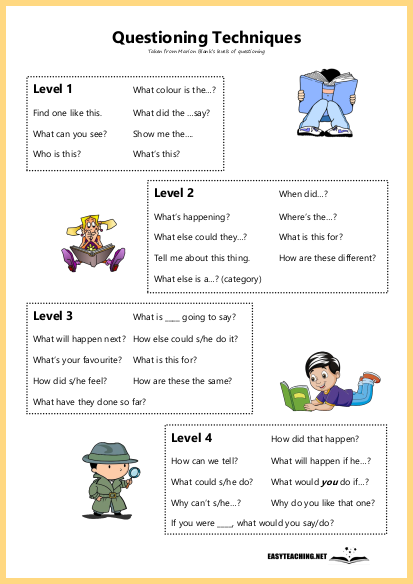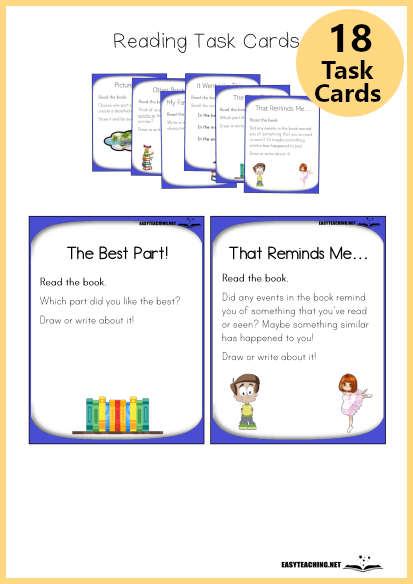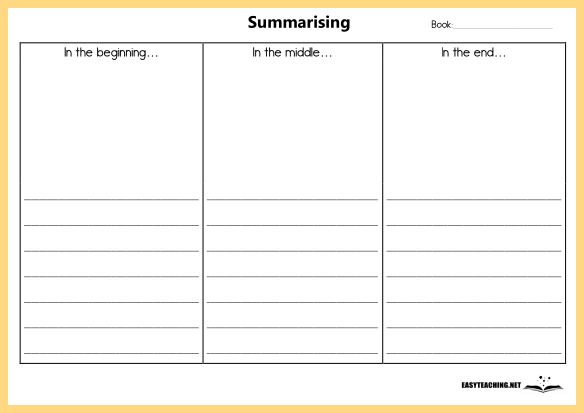Blog / Literacy
How to Ask Questions that Enhance Kids’ Reading

Written by Scott Sharp
The ‘Why’
Why do we read? Perhaps it’s a simple question, but it’s one that many children can’t answer.
We don’t read to simply get to the end of the book. We read to be taken on adventures; to escape reality; to experience the lives of others. We read to enjoy. We read to study new skills; to understand concepts; to discover new ideas. We read to learn.
The ‘why’ is a key tenet of reading. Accordingly, it’s something we mustn’t overlook when teaching reading. Children need to be exposed to the pleasure and the value of reading. They need to discover that great meaning and interest can be derived from books. It’s important to acknowledge that reading is an active process. Proficient readers engage with texts by asking themselves questions, drawing inference and making connections as they read. These are skills that must taught. We can use questioning to teach these skills. Effective questioning helps children to actively engage with a text, to understand and interpret it in ways they wouldn’t have been able to by themselves. Effective questioning helps develop strong comprehension skills. Learners who have these skills modelled to them and who get opportunities to practise these skills will be more likely to be able to apply these skills when reading independently.
What Does Effective Questioning Look Like?
Marion Blank devised four levels of questioning while studying children’s language development (Blank, 2002). The levels move from simple to complex, with children needing to apply higher-order thinking skills to answer level 4 questions. Answering these questions require children to use information from the text in conjunction with their own knowledge and ideas. We can incorporate Marion’s work in this area within our guided reading practice. Below is a guide to each level.
Level 1
Questions in this level relate directly to the material just seen. To answer them requires only short answers or even just pointing. For example:
- ‘What is that?’
- ‘Who is that?’
- ‘Find one like this.’
- ‘Who is this?’
- ‘Show me the ____.’
Level 2
Questions in Level 2 focus on grouping, ordering and classifying objects according to attributes or functions. For example:
- ‘What’s happening here?’
- ‘How are these different?’
- ‘Find something that is ____ (small) and ____ (green).’
- ‘What else is a ____?’ (identify categories)
Level 3
Questions in Level 3 require readers to make predictions and using less obvious or prominent information from the text. For example:
- ‘What will happen next?’
- ‘How do you think ____ feels?’
- ‘How else could ____ do it?’
- ‘How are these the same?’
- ‘What is this for?’
Level 4
Level 4 questions focus on problem solving, reasoning and justifying. Answer these questions requires readers to draw upon their own knowledge and ideas. For example:
- ‘What could ____ do/use?’
- ‘What will happen if he…?’
- ‘If you were ____, what would you say/do?’
- ‘Why did ____ happen?’
- ‘Why can’t he…?’
If our goal is to teach children to love reading, we must teach reading in a meaningful way. We must help children find books they enjoy reading and perhaps most importantly, find value in reading. We can develop lifelong readers by starting with the question: ‘Why do we read?’

Join our mailing list, follow us on Facebook and subscribe to our YouTube Channel to stay up to date with new teaching resources.
Related articles
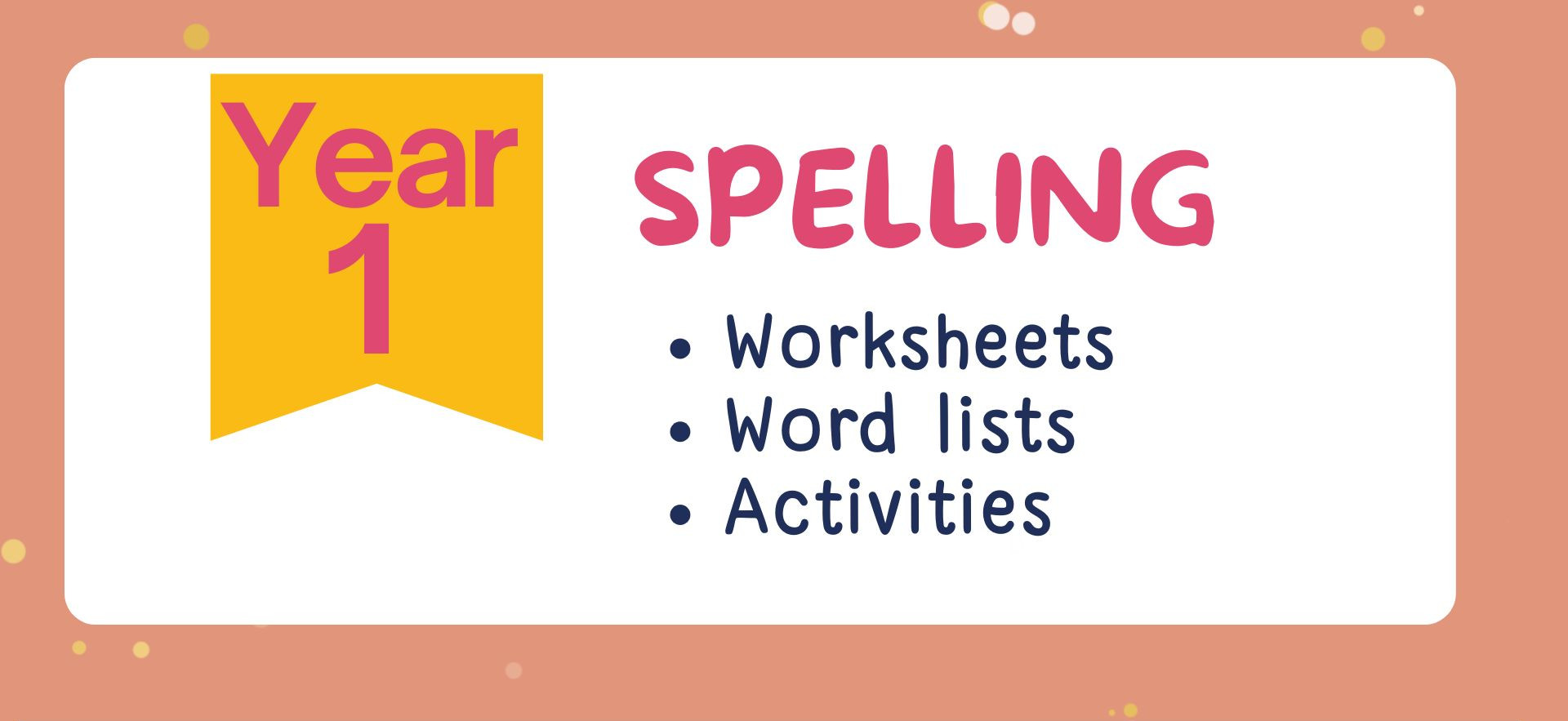
A Complete Guide to Year 1 Spelling: Worksheets & More
Free Year 1 spelling worksheets and spelling word lists as well as activity ideas.
Read More
Teaching Persuasive Writing: Activities & Strategies for the Classroom
Explore 9 activities and strategies for teaching persuasive writing in the classroom.
Read More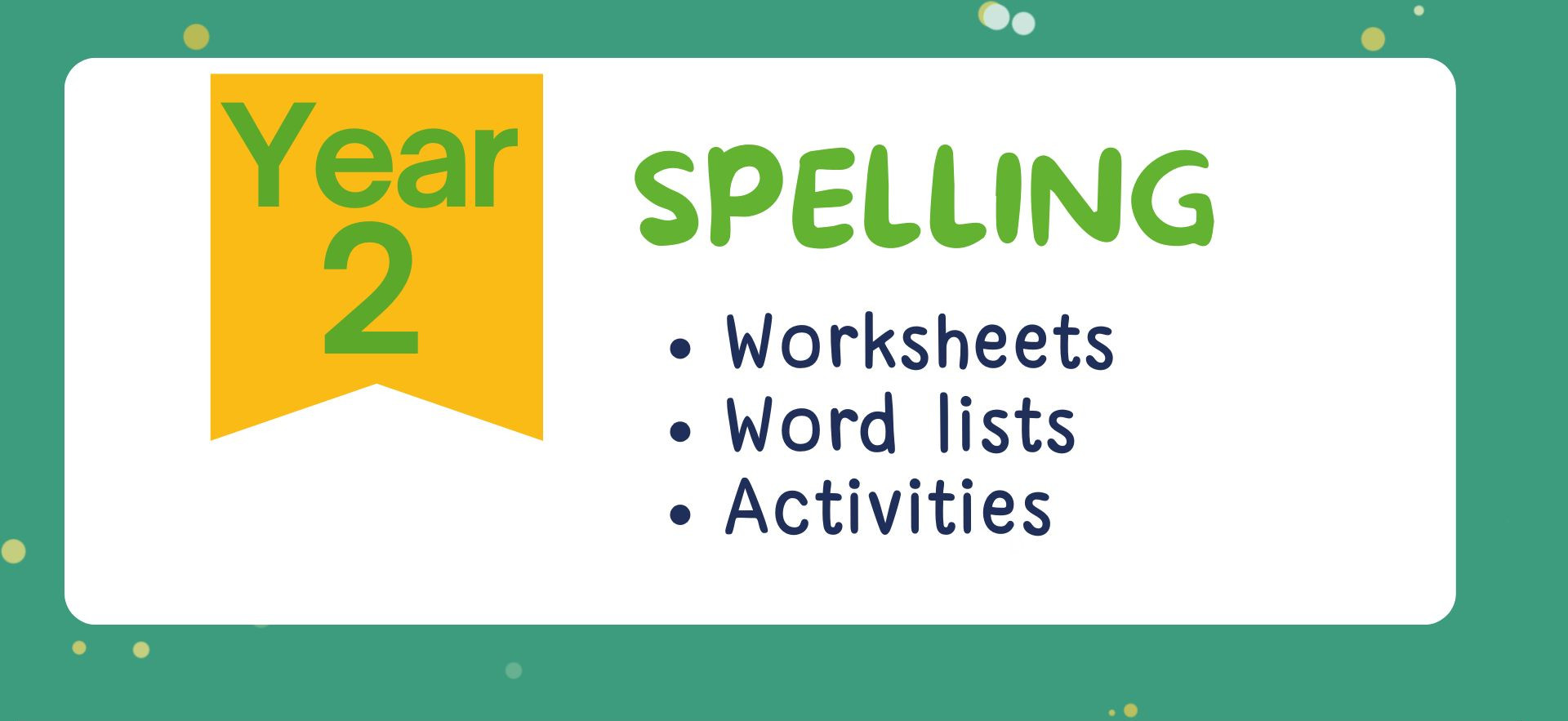
Free Grade 2 Spelling Words Worksheets & More
Free Year 2 spelling worksheets and spelling word lists as well as activity ideas.
Read More



